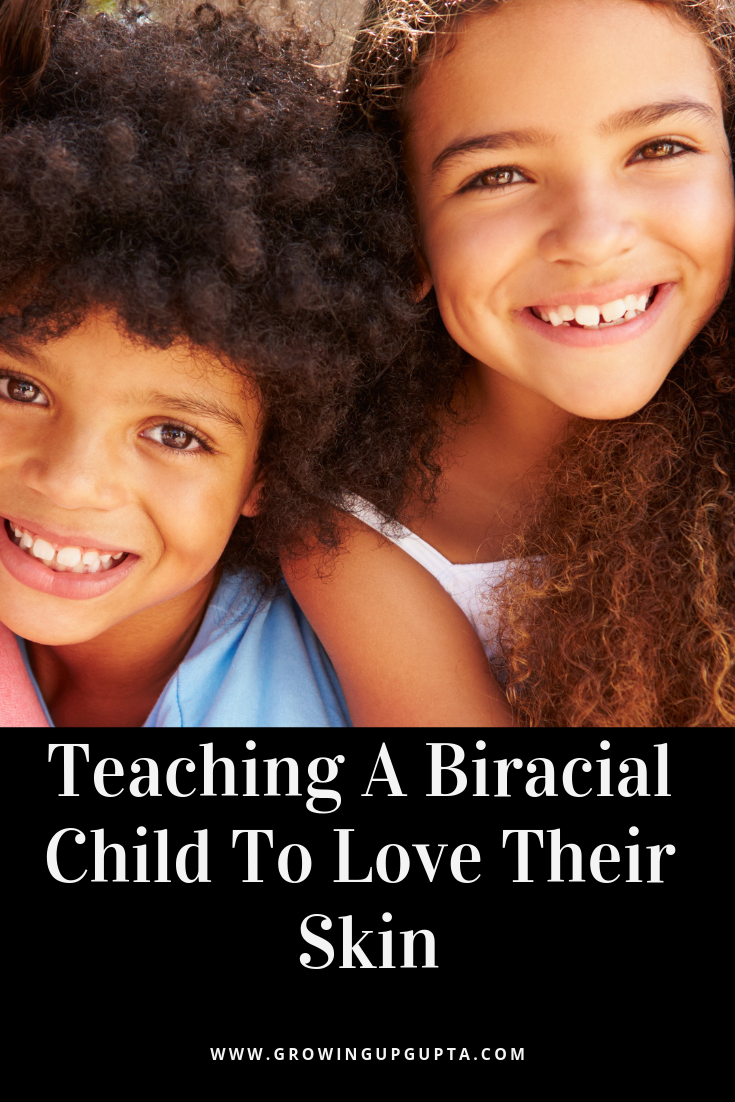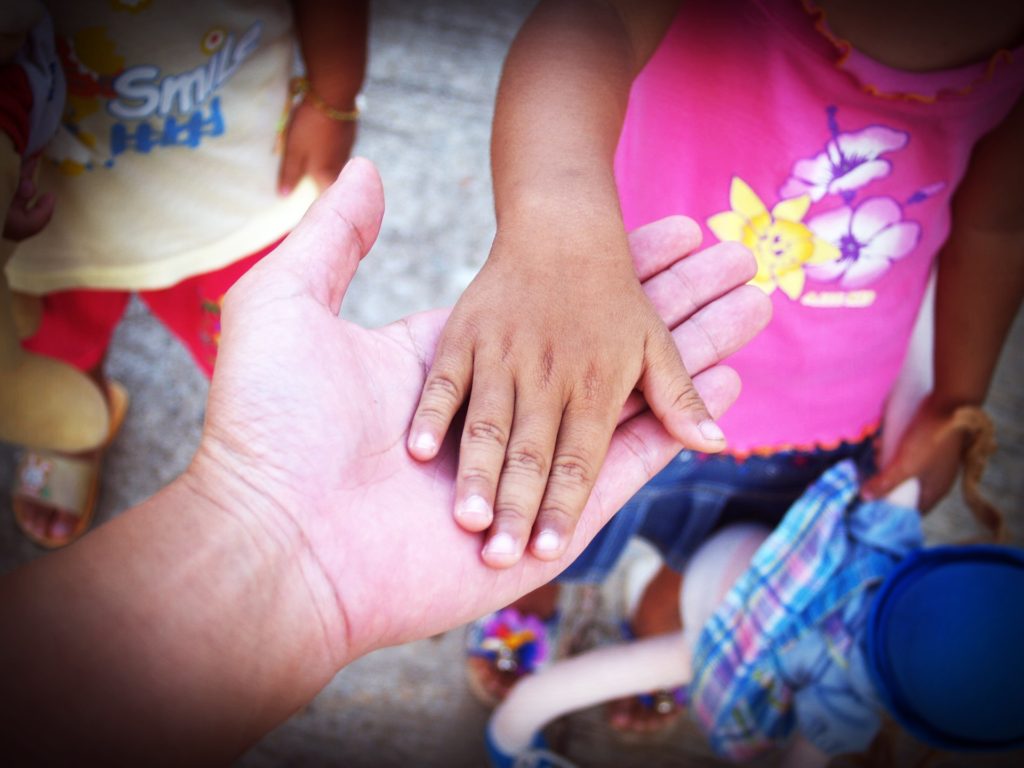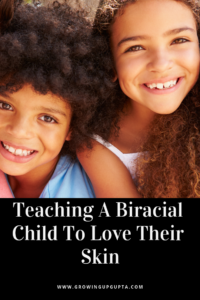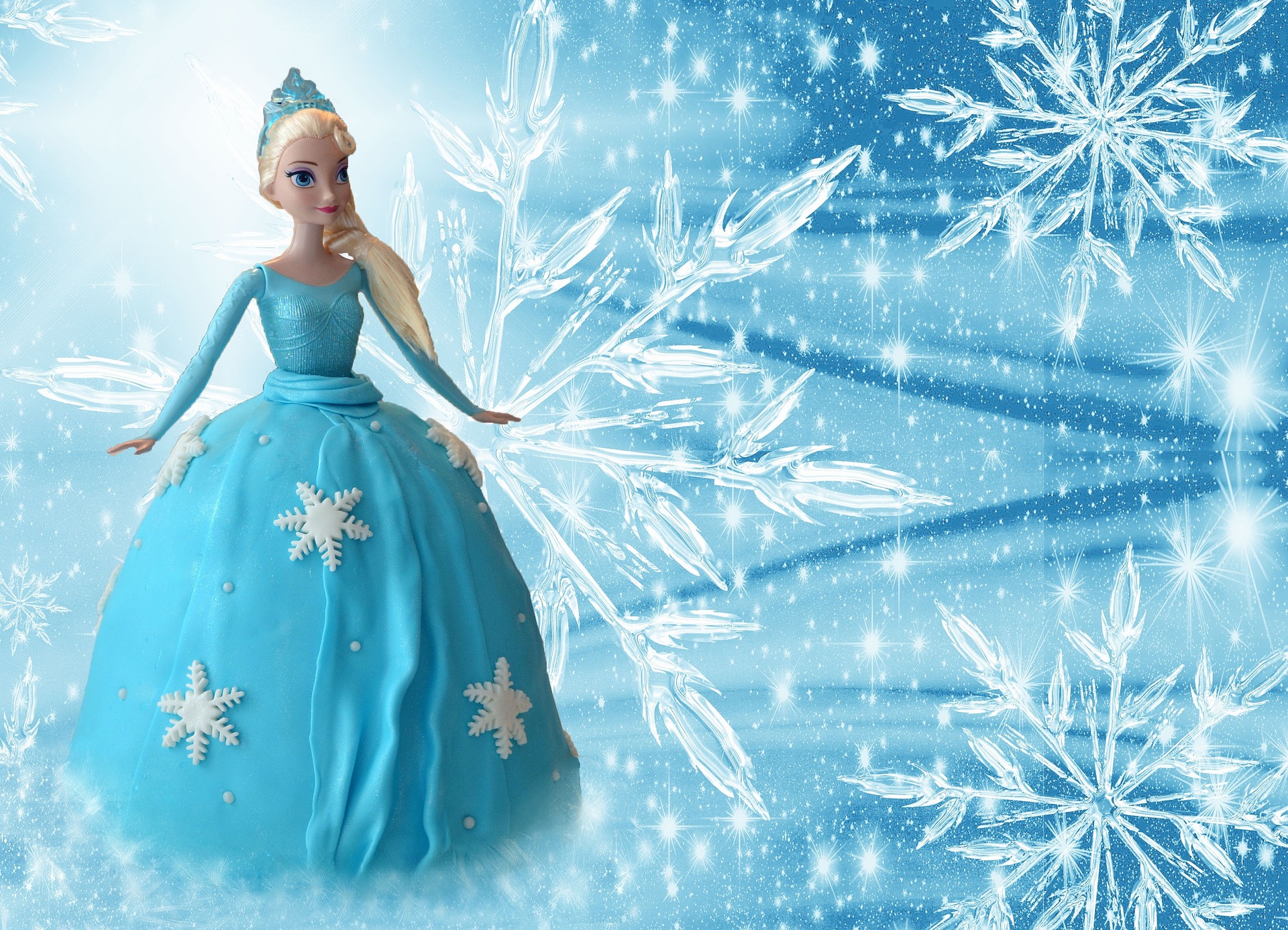
Teaching A Biracial Child To Love Their Skin
Teaching A Biracial Child To Love Their Skin
“Barbie, Elsa, And Shimmer & Shine Are All The Same !”
I want to look like Elsa, Mommy she is prettier than me!” My heart sank as a parent to a biracial, 3-year-old, child upon hearing her utter these words. Like many toddlers, she loves Frozen, shown below, and enthusiastically sings, “let it go” from time to time.
However this was different, and it caught me off guard and caused me to stop in my tracks. She had just gotten a new Elsa doll for her birthday and was now holding it in her arms. I walked over to her and asked her why did she say that? And she pointed to Elsa’s skin. “Look, Mommy,” she said, “she is prettier than me!” Looking directly into her almond-shaped eyes, I remarked with praise and assertion that she is just as beautiful as Elsa. And that although the color of her skin is different than Elsa’s they are both beautiful. However, I could tell from her facial expression that she didn’t completely believe me as she studied Elsa’s makeup on her face. She resorted back, “Mommy where is my makeup? ‘Barbie, Elsa, and Shimmer and Shine are all the Same!” Feeling all the more alarmed inside, I told her that she doesn’t need makeup, her skin is perfect, and that Elsa is a lot older than she is. And once again, I reasserted that she is just as beautiful as Elsa, Barbie, and Shimmer and Shine who are all the same. With a smile now on her face she looked at me and said: “okay Mommy, I am pretty too.” And, I told her without hesitation, YES YOU ARE!
Where Is The Multicultural Representation…We As Parents Are
The simple statements that my daughter made struck me hard because of how internalized and powerful these words are. At the age of 3, she can visibility see, acknowledge, and communicate that she is different than many of the cartoon characters and dolls she loves. As parents, my Husband and I want our biracial daughter to celebrate her biracial/multicultural heritage. An African-American and South Asian cultural heritage that is not any less or better than any other heritage. Hence, here are some steps that we as parents are taking to continue to teach our child to love her skin.

Steps We Are Taking To Help Our Biracial Child Love The Skin She Is In
1.) We are cognizant of gifting our child with toys she loves, in addition, to some multicultural items too. I can recall my parents doing the same thing earlier in my youth when I had a love for cabbage patch dolls. They made sure that I had not only a white doll but also a brown one. They were adamant that having a doll to play with that had a similar hue to its skin as my own was a beautiful thing; and that I was beautiful too!
2.) We expose our child to different cultural programs, crafts, and children’s shows. This way she can see that there is a diverse myriad of people in the world. A special thank you to the creators of: Doc Mc Stuffins, Princess Jasmine , Princess Tiana, Dora the Explorer, and 3 Curious Monkeys. Now if only was a multicultural cartoon, superhero, and princess, or prince. Isn’t the U.S. supposed to be a representative melting pot for the world?
3.) We listen to our child and continue to show her that she is beautiful just the way she is.
This book is one of many great resources for new parents.
What steps have you as a parent taken to teach your child to love the skin they are in? Write us! Post a comment below! Share this post! Like our content? Subscribe! Find us on Instagram, Facebook, and Pinterest @growingupguptas and on Twitter @growingupgupta.
This post contains Growing up Gupta Afflilate links.




6 comments found